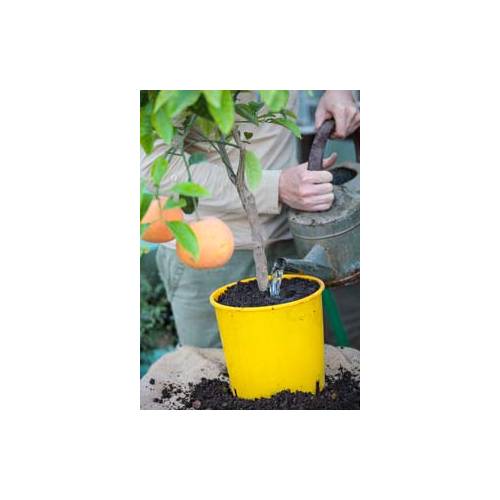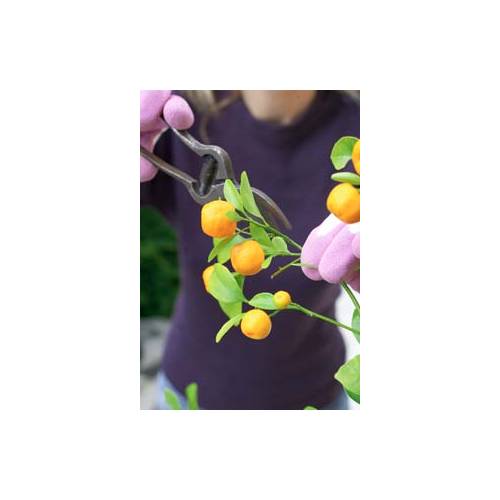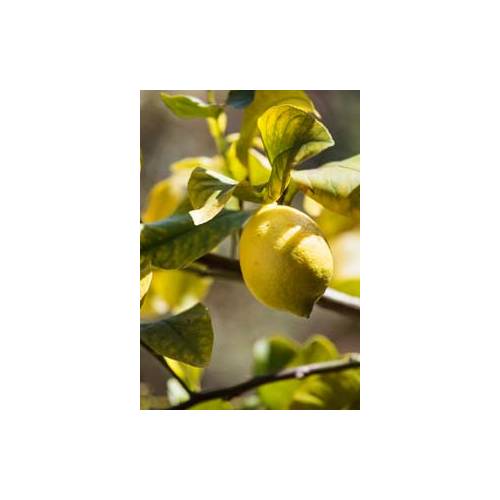
Each plant has its needs
Citrus trees in pots
- Details
-
An easy and really generous way of growing
Which citrus ?
Small fruiting citrus
They are the easiest to look after as smaller fruits mean smaller pot. Nevertheless ensure that they do not get too much heat during winter: the less they get of it, the better they are, as long as they do not freeze. Indoors’ heat is often excessive. A bright room kept at 10°C, is ideal to spend winter in. The champion of temperature is the ‘Calamondin Orange tree’ which withstands the heat of flats in winter, providing it gets good light and water sprayed on its foliage. As for Kumquats, they prefer cooler temperatures (from 12 to 15°C).
Large fruiting citrus
Pomelos, Orange trees and other shrubs bearing big fruits have different needs when grown in pots. First of all, they require more space at the roots level. When they reach maturity, ensure that they get a volume of at least 50L for their comfort. In a smaller volume, you would need to water them more often and give them fertiliser regularly which would not prevent some jolts (temporary thirst or lack of fertiliser). Otherwise, you can prune them. Ideally you should prune the branches after blossom, as you are then sure of not sacrificing fruits which are forming. But beware; you will still have to remove some. In a 50L pot, a specimen can bear between 15 to 30 fruits, but no more… A beautiful Lemon tree, all the same could give you 50 lemons. That’s plenty of lemonade !
Care
Citrus trees require several types of care :
- Watering: It is the most important as a lot of citrus require a soil which is always moist. Empty the saucer after watering so as to prevent the roots sitting in water. A prolonged lack of water brings about blossoming in a lot of citrus varieties, especially Lemon trees. Start again regular watering as soon as buds appear.
- Fertilisation: Quick growing citrus shrubs like Orange and Lemon trees require fertiliser in quantities, whether organic or chemical (beware or overdosing!) A supply in a solid form is enough once a year. Allow for a supply of liquid fertiliser every month, from March to September.
- repotting: It allows the tree to grow and gain in autonomy. Failing that, you can do a surfacing, but it is less effective.
- Pruning: Cut the branches which are too long, preferably after fruiting has taken place. Fertilise as soon as the new shoots appear or repot just after pruning.
Surfacing consist of removing the top of the old compost (3 to 5 cm) and replacing it with fresh, new compost. Water straight away.
The harvest
Citrus fruits too ripe, taste and flavour not guaranteed: pick your citrus fruits as soon as they have lost their dark, green colour, without letting them for too long on the branches. May be it is time to prune them, cutting them back at the same time of the harvest. - Photos (5)





